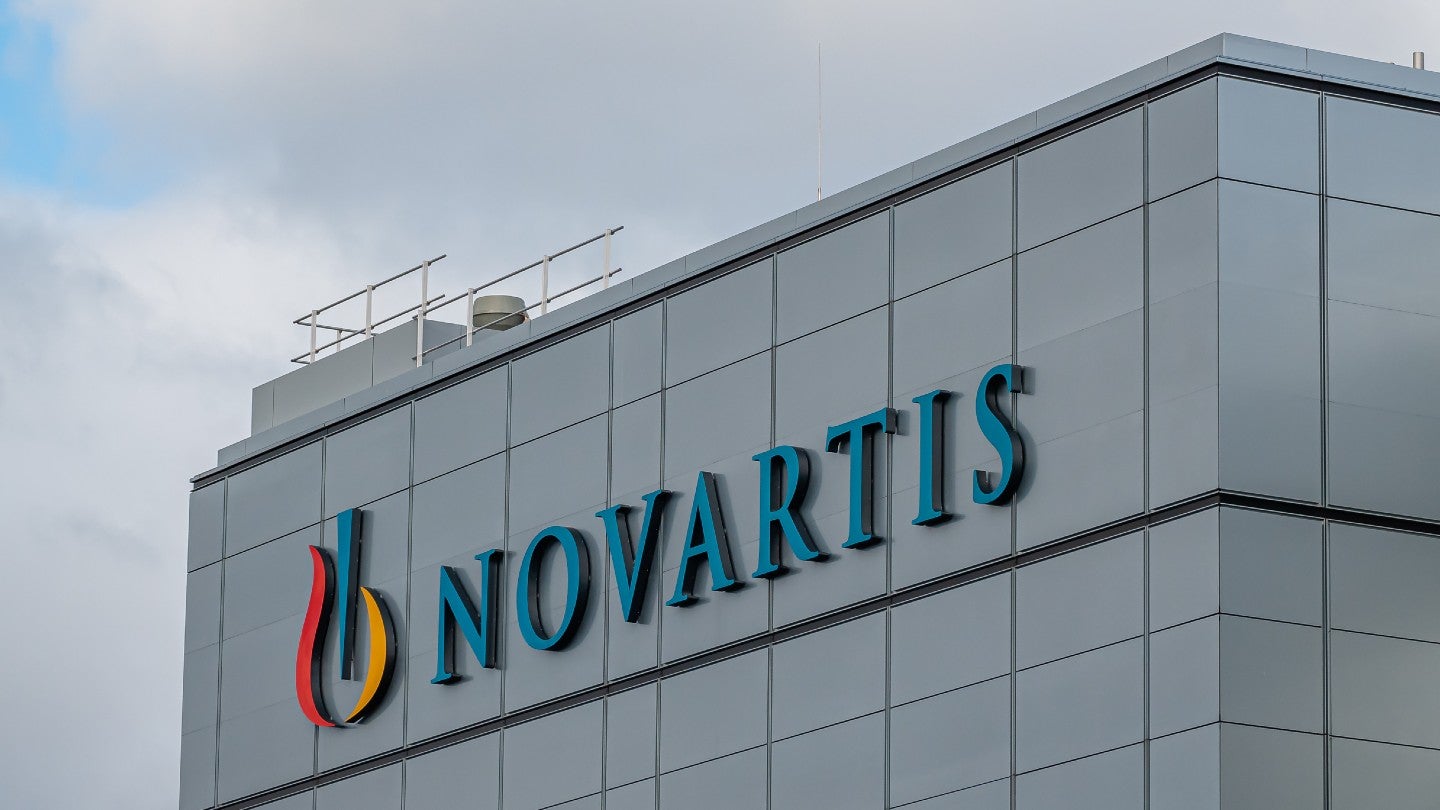
Swiss pharmaceutical giant Novartis announced further financial details of its generics and biosimilars subsidiary Sandoz today (5 September), prior to an expected spin-off in early October. The plan was announced in August last year and follows similar moves by Pfizer, Johnson & Johnson and GSK.
Sandoz was formed in 2003 and has served as Novartis’ generic drug division since then. However, recent pricing pressures for generic drugs in the US have led the subsidiary to underperform expectations, leading to the decision in order to create “a more focused Novartis”.
This has left Novartis in the unenviable position of trying to convince shareholders that a company it doesn’t want to keep around is going to provide good value for them to remain invested in. The supplementary financials published today suggest that Sandoz’s revenue has fallen for the last three years, though it also estimates mid-single-digit net sales growth for 2023 and an increased profit margin in the mid-term.
In the listing prospectus, the company outlines the risks associated with investing in the business as is required by law. It is salient, however, that it notes the downward pricing trend of generics over time, particularly driven by competition from India and China. These uncertainties are part of the reason the estimated valuations for the company fluctuate so greatly.
Investors have clearly not been calmed by the financial disclosures, as Novartis stock has dipped nearly 2% since the announcement, continuing a month-long trend. It remains to be seen whether shareholders will approve the spin-off that would give them one Sandoz share for every five Novartis shares they hold.
However, there may be some saving graces. Sandoz generated record biosimilar sales in Q2 of 2023 and plans to seek approval for four more high-profile medications before the end of this year. Of particular note is its biosimilar of Eylea, a drug marketed by Regeneron Pharmaceuticals to treat wet age-related macular degeneration (wAMD).
Our signals coverage is powered by GlobalData’s Thematic Engine, which tags millions of data items across six alternative datasets — patents, jobs, deals, company filings, social media mentions and news — to themes, sectors and companies. These signals enhance our predictive capabilities, helping us to identify the most disruptive threats across each of the sectors we cover and the companies best placed to succeed.
